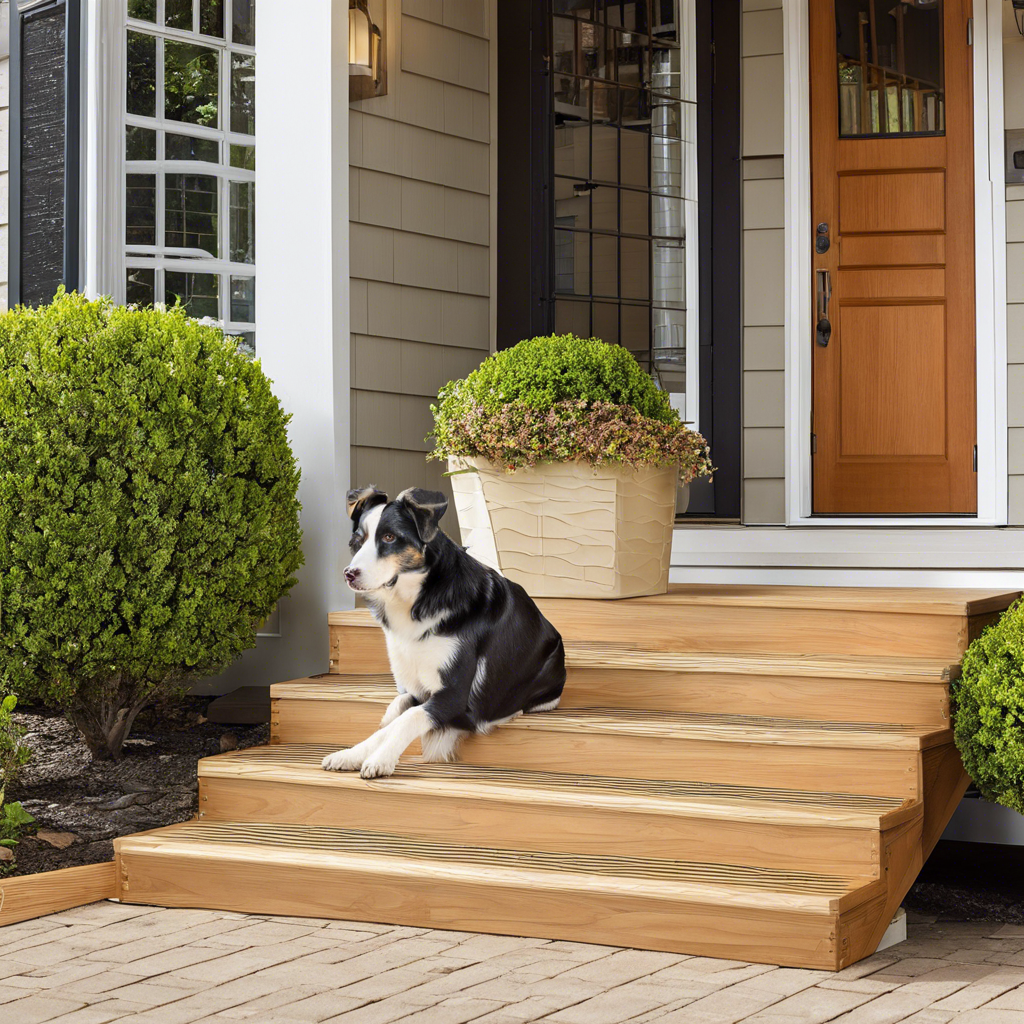Whether you’re a doting pet parent to a senior dog or a dedicated rescuer of older canines, you know that their mobility needs change as they age. One of the biggest challenges is navigating stairs, which can become increasingly difficult and even unsafe as your furry friend’s joints stiffen, their muscles weaken, and their overall agility declines. This is where the thoughtful installation of dog-friendly stairs and ramps can make a world of difference. It’s not just about convenience; it’s about ensuring your beloved companion has a safe and comfortable way to access the various levels of your home, promoting their independence and overall well-being.
**Choosing the Right Solution: Stairs vs. Ramps**
Understanding the specific needs of your aging pet is essential before making any installations. Some dogs might prefer stairs, while others may find ramps more manageable. Stairs can be a familiar and comforting option for dogs used to climbing, but they might pose challenges for pets with severe joint issues. Ramps, on the other hand, provide a smoother transition, especially for those with arthritis or hip dysplasia. If your dog still has some agility, you might start with stairs, adding ramps later as their mobility decreases.
**Installing Pet Stairs**
When installing dog stairs, opt for those with deep and wide steps, ideally covered in carpet for better traction. Secure them firmly to prevent slipping, and ensure there’s a low step at the bottom for a gentle transition to the floor. The rise and tread of each step should be easy for your dog to manage without straining. Consider placing stairs in areas where your dog frequently needs access, like the sofa or bed, ensuring they’re stable and safe.
**The Advantage of Ramps**
Ramps offer a gradual incline, making them ideal for dogs with more severe mobility issues. Go for ramps with a gentle slope and a rough surface to prevent slipping. Ensure they are securely anchored, and consider adding a small lip at the top to prevent your dog from rolling off. Ramps are excellent for accessing higher platforms and can be conveniently folded and stored when not in use.
**Location and Accessibility**
Identify the areas your pet frequently navigates and install the ramps or stairs accordingly. For multi-level homes, consider having a ramp or stairs at each level for easy movement. For outdoor use, such as accessing the patio or garden, durable, weather-resistant materials are essential. You might even consider a combination of stairs and ramps for different areas, ensuring your pet can access all their favorite spots.
**Aesthetics and Customization**
Dog-friendly stairs and ramps don’t have to be eyesores! Many companies offer custom designs to match your home décor. From sleek, modern designs to those that blend seamlessly with your outdoor landscaping, you can find options that complement your home’s style. Customizations can include color matching, unique patterns, and even built-in storage for treats and toys.
**Enhancing Pet Mobility**
Installing these aids is a proactive approach to supporting your pet’s changing needs. It empowers them to maintain a level of independence, reduces the risk of accidents, and may even delay the onset of further mobility issues.
By being proactive, you’re ensuring your pet’s golden years are filled with comfort and joy. With the right setup, they can continue enjoying their favorite spots and activities, and you’ll have the peace of mind that comes from knowing you’ve provided the best possible care for your aging companion.
Aging pets require adjustments in their surroundings, and these simple installations can significantly enhance their quality of life. It’s a small investment with enormous returns in terms of their happiness and health, providing them with the freedom to explore and navigate their home environment safely.

